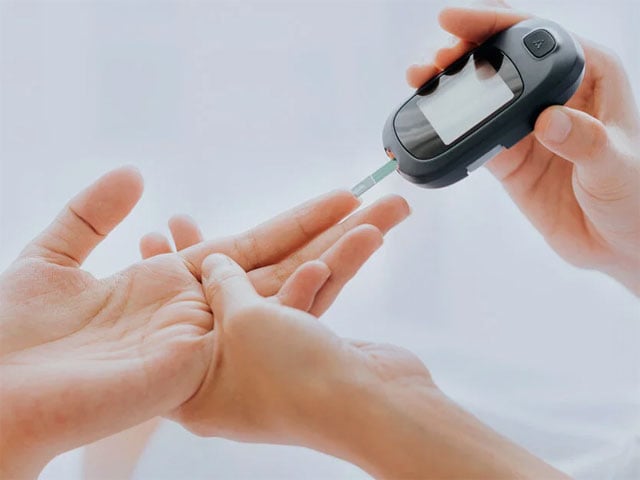New York: Scientists have used human stomach cells as tissue that secretes insulin to control blood sugar levels. These important advances have the potential to effectively treat type 1 diabetes.
In an experiment led by researchers at Weill Cornell Medicine, scientists observed that gastric insulin-secreting cells (GINS) transplanted into mice reversed diabetes. gave
Beta cells in the pancreas normally release the hormone insulin in response to high blood sugar levels. In people with diabetes, these tissues become dysfunctional or dead, reducing their ability to convert glucose into cells for energy.
These stomach cells are not beta cells but can mimic their function. The stomach contains many stem cells that can transform into other types of cells and proliferate very quickly. Scientists hope that stem cells in the stomach of diabetic patients can turn into GINS.
According to Joe Zhou, associate professor of medicine at Weill Cornell, the stomach makes its own cells that secrete hormones. Gastric cells and gall cells are closely related in the embryonic stage during pregnancy, so it is not surprising that gastric stem cells transform into beta-like insulin-secreting cells.
According to the researchers, making GINS cells from gastrointestinal cells is not a complicated process. They take a few days to form and can survive for months after the new organoid transplant.
(function(d, s, id){
var js, fjs = d.getElementsByTagName(s)[0];
if (d.getElementById(id)) {return;}
js = d.createElement(s); js.id = id;
js.src = “//connect.facebook.net/en_US/sdk.js#xfbml=1&version=v2.3&appId=770767426360150”;
fjs.parentNode.insertBefore(js, fjs);
}(document, ‘script’, ‘facebook-jssdk’));
(function(d, s, id) {
var js, fjs = d.getElementsByTagName(s)[0];
if (d.getElementById(id)) return;
js = d.createElement(s); js.id = id;
js.src = “//connect.facebook.net/en_GB/sdk.js#xfbml=1&version=v2.7”;
fjs.parentNode.insertBefore(js, fjs);
}(document, ‘script’, ‘facebook-jssdk’));



